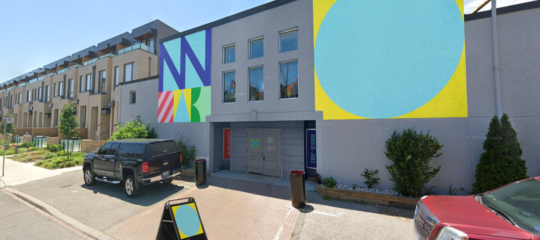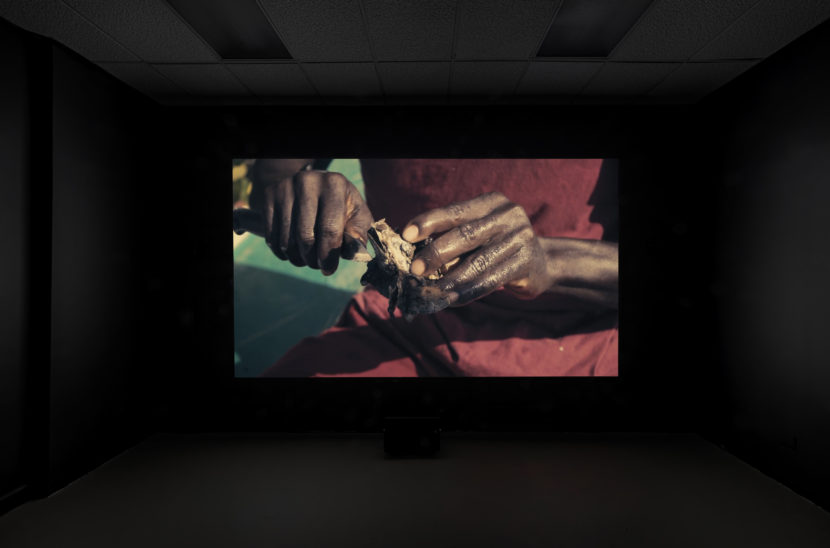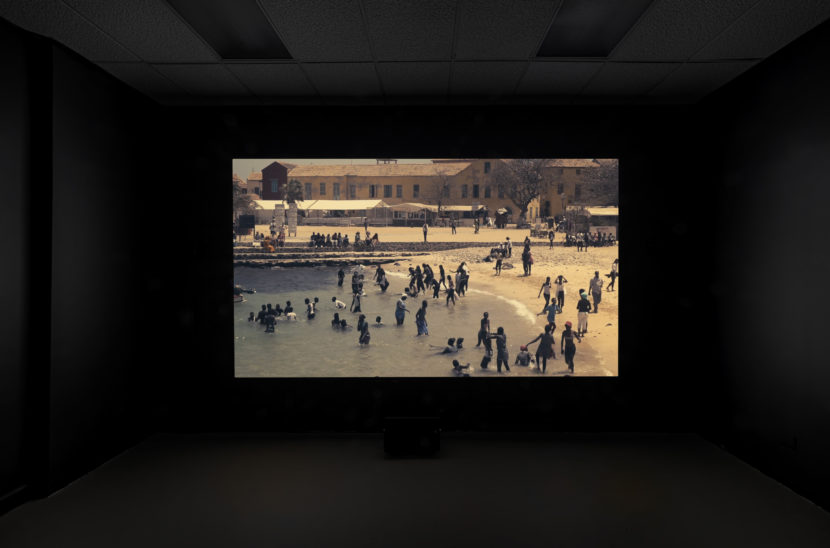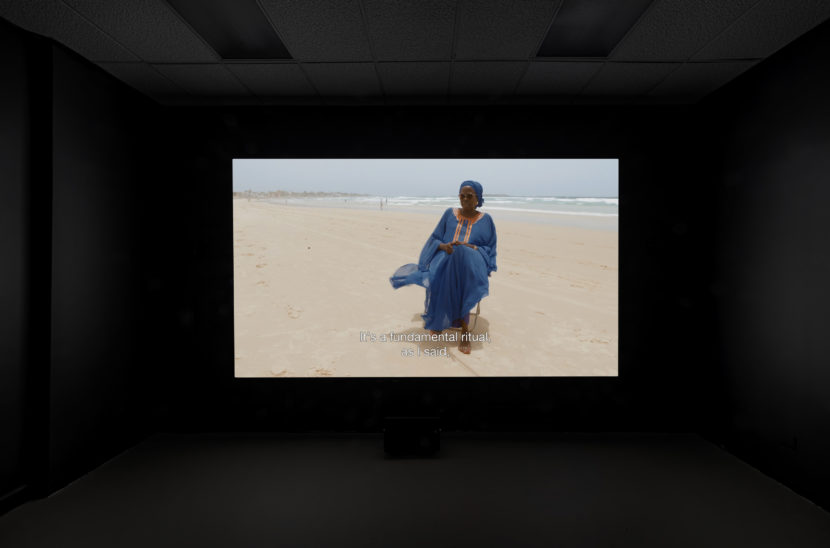In both 2019 and 2022, the Toronto Biennial commissioned and presented two episodes of the ten-part film series at the heart of Shezad Dawood’s major long-term multimedia project Leviathan (2017–ongoing), which considers the intersections of both human and non-human ecologies in relation to climate change, migration, and mental health. Episode 5: Ismael (2019) and Episode 7: Africana, Ken Bugul & Nemo (2022) are at once single works and interdependent elements.
If Episode 5 marks the end of the first half of the series, which unfolds through an exploration of environmental, physical, and psychological breakdown, Episode 7 recasts the narrative of fragmentation by looking at communal strategies that might enable us to find new ways of working collectively. From nets to networks to networked ecologies; from Fogo Island and Canada in Episode 5 to the Senegalese mangroves of Episode 7: if Episode 5 was oceanic, Episode 7 is intertidal, locating itself in and as mangrove, by speaking to interconnectedness and enmeshment. It constructs future oral histories by inviting real participants and asking them to image and imagine themselves as their future selves. This discursive, collaborative exercise in place-making is one where both science and the imaginary dovetail into a possible, collective futurology. In blending fact and speculative fiction, narrative and documentary, Shezad enacts a unique, sliding temporal scale that underlies the entire Leviathan project, connecting deep time to tentative futurity.
Leviathan, Episode 7: Africana, Ken Bugul & Nemo (2022) is commissioned by the Toronto Biennial of Art and Leviathan – Human & Marine Ecology.
Audio Didactic:
Bio
Shezad Dawood (born in 1974, London, UK; lives in London, UK) works across multiple formats and digital media to ask key questions about narrative, history and embodiment. Using the editing process as a method to explore both meanings and forms, his practice often involves collaboration, knowledge exchange and mapping across multiple audiences and communities. Through a fascination with the esoteric, otherness, the environment and architectures both material and virtual, Shezad interweaves stories, realities and symbolism to create richly layered artworks.
Exhibition Site
72 Perth Avenue

72 Perth Ave
Toronto ON
M6R 2C2



